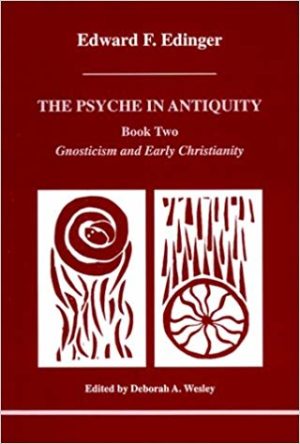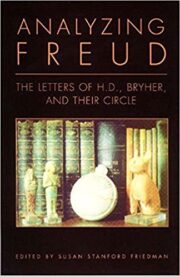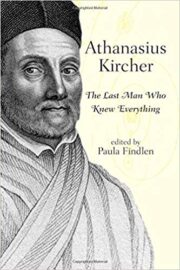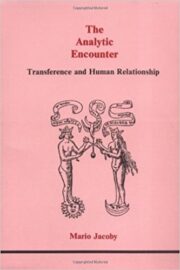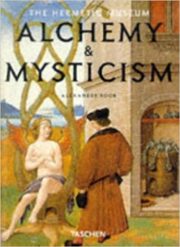Description
C.G. Jung’s book Aion, written in 1951, laid the foundation for a new discipline that can be called archetypal psychohistory, which studies the movements of the collective unconscious as it becomes manifest through political and cultural history. In this present study, Dr. Edinger brings this method to bear on some of the changes that occurred at the beginning of the Christian eon.
Two thousand years ago, the collective psyche underwent a profound upheaval, one that has remarkable parallels in our own time. This earlier upheaval amounted to the death and rebirth of the functioning God-image, and there is evidence that the same thing is occurring today. The early Church and Gnosticism are represented at the beginnings of their history by two major figures, Paul of Tarsus and Simon Magus of Samaria. This book first focuses on the ideas of these two figures and their descendants. Subsequent chapters follow the two lines that stem from them: in the Church lineage, Clement of Alexandria, Origen, Tertullian and Augustine; in the Gnostic line, Marcion, Basilides, Valentinus, and Mani.
A final chapter summarizes how these matters have continued evolving up to the current time, and clarifies their psychological significance for the individual and for contemporary ideas in religion.
